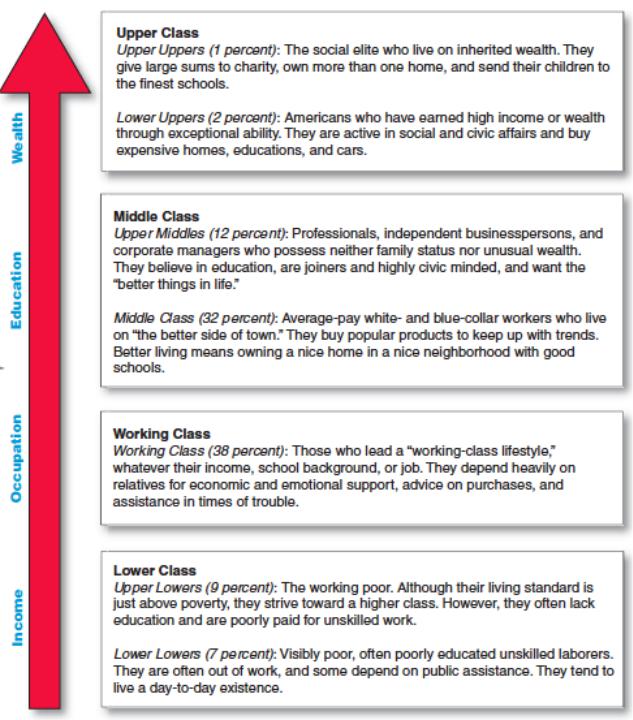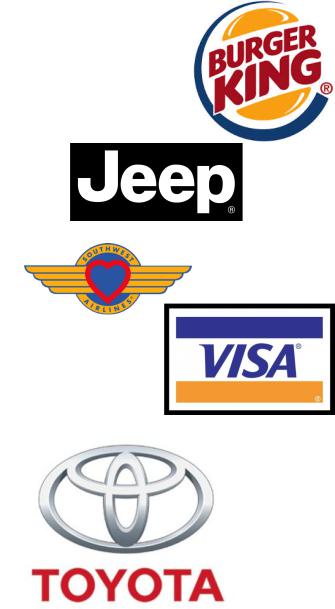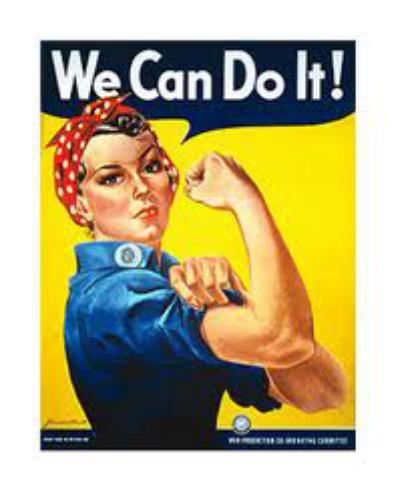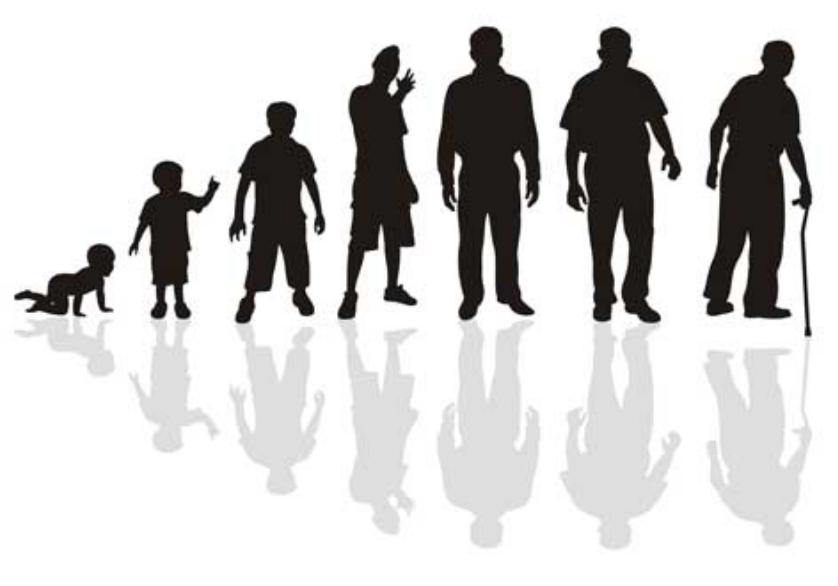
Marketing_L4(2013)
.pdf
Social Class
Rela&vely permanent and ordered divisions in a society whose members share similar values, interests, and behaviors.
• Marketers are interested in social class because people within a given social class tend to exhibit similar buying behavior.
• Social classes show dis&nct
product and brand preferences in areas such as clothing, home furnishings, leisure ac&vity, and automobiles.

Social Factors
A consumer’s behavior also is influenced by social factors:
• the consumer’s small groups,
• family,
• social roles and status.
Word-of-Mouth Influence and Buzz Marke5ng
Online social networks
Online social communi&es—blogs, social
Opinion leader
A person within a reference group who, because of special skills, knowledge, personality, or other characteris&cs, exerts social influence on others.
networking Web sites, or even virtual worlds—where people socialize or exchange informa&on and opinions.
“Word-of-Web” opportuni7es to promote their products and build closer customer rela7onships.

Groups and Social Networks
• Brands ranging from Burger King and American Gree&ngs to the Chicago Bulls are twee&ng on Twifer.
• Jeep connects with customers via a community page that links to photos on Flickr, the company’s Facebook and MySpace pages, and
a list of enthusiast groups.
• Southwest Airlines employees share stories with each other and customers on the company’s “Nuts about Southwest” blog.
• VISA launched a “Go World” microsite
featuring athlete videos, photos, and widgets that &ed into nets like Facebook, during the 2010 winter Olympics.
• Toyota developed two YouTube channels to market its Corolla.

Family
“today’s woman is . . . the designated chief opera&ng o cer of the home.”
Ø 65 % of men grocery shop regularly and prepare
at least one meal a week for others in the household.
Ø women now influence
• 65 % of all new car purchases,
• 91 % of new home purchases,
• 92 % of vaca&on purchases.
v In all, women make almost 85 % of all family purchases and control some 73 % of all household spending.
Happy children = happy parents

Roles and Status
• A person belongs to many groups—family, clubs, organiza&ons, online communi&es.
• The person’s posi&on in each group can be defined in terms of both role and status.
Personal Factors
A buyer’s decisions also are influenced by personal characteris&cs such as:
• buyer’s age and life-cycle stage
• occupa&on
• economic situa&on
• lifestyle
• personality and self-concept.

Age and Life-Cycle Stage
“Consumers experience many life-stage changes during their life7mes. As their life stages change, so do their behaviors and purchasing preferences. Marketers who are armed with the data to understand the &ming and makeup of life-stage changes among their customers will have a dis7nct advantage over their compe&tors.”

Occupa7on
Blue-collar workers tend to buy more rugged work clothes, whereas execu&ves buy more business suits.

Economic Situa7on
• A person’s economic situa&on will a ect his or her store and product choices.
• Marketers watch trends in personal income, savings, and interest rates.
Following the recent recession, most companies have taken steps to
• redesign,
• reposi&on,
• reprice their products.
